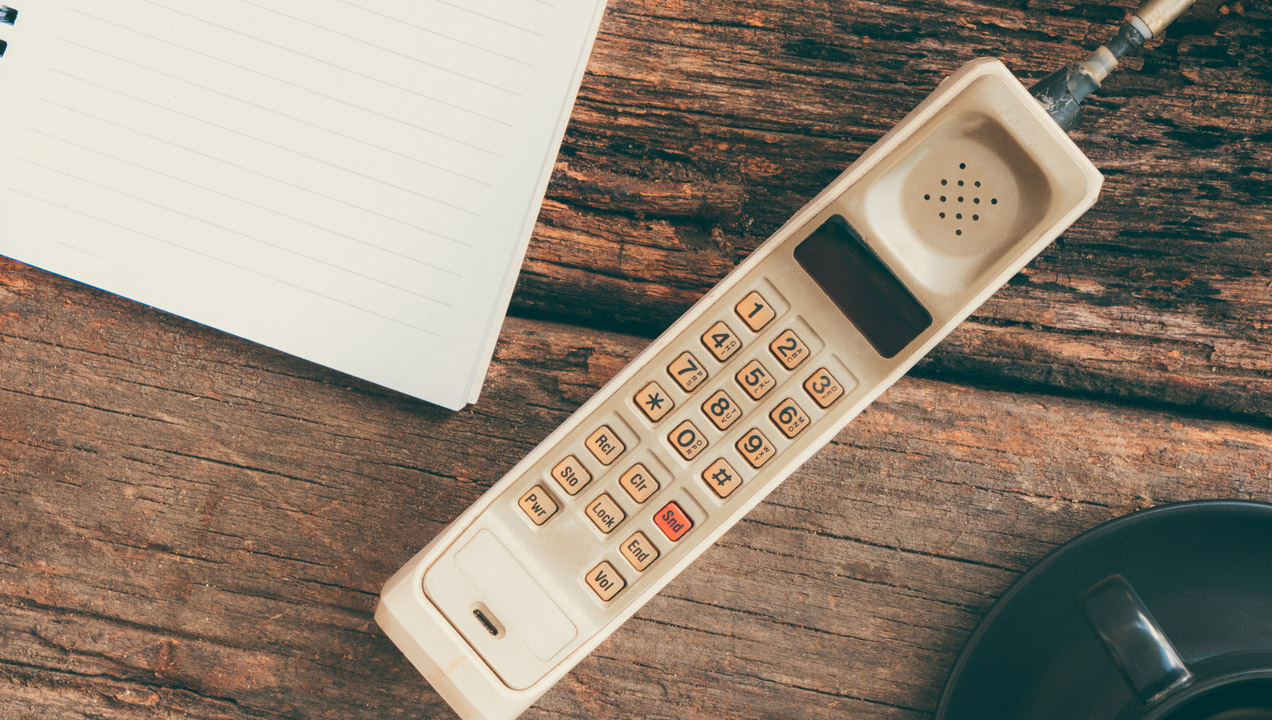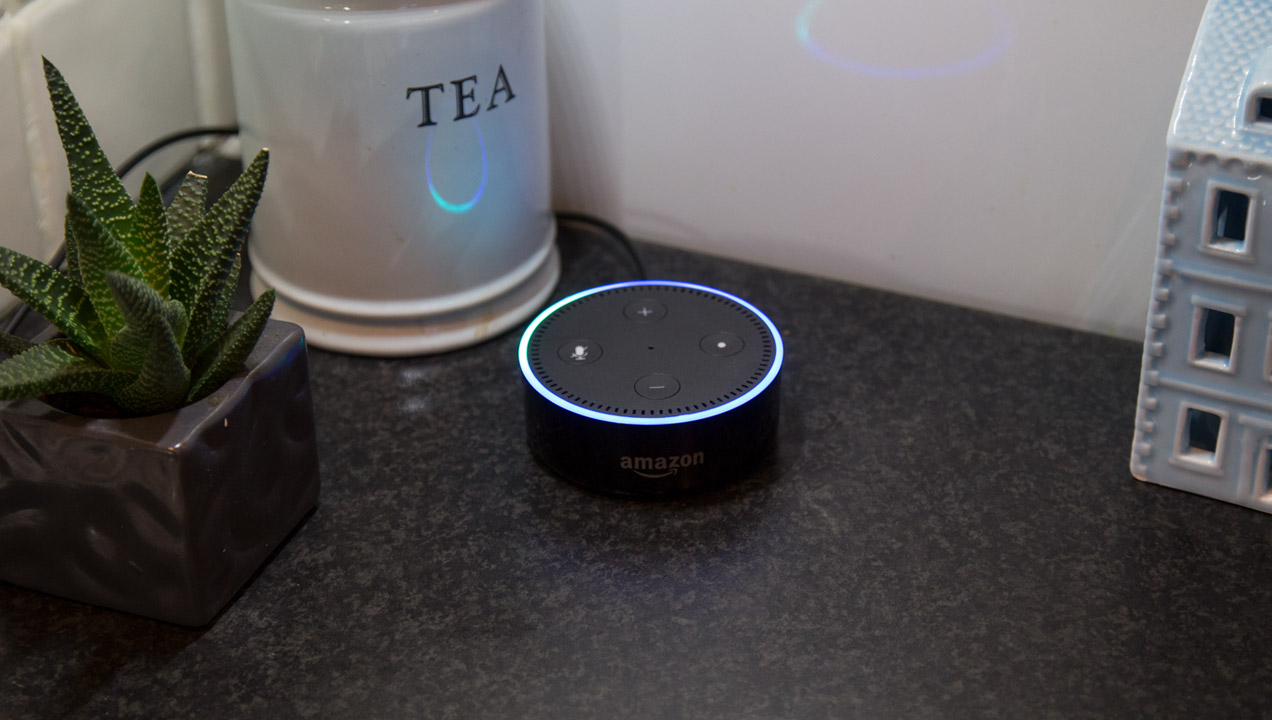The evolution will not be televised: The history of UX is a story of social change
When you look at the big picture, the history of UX tells a story of significant social change. The industry has brought together behavioral science, psychology, human-computer interaction (HCI) and linguistics to establish user centered design as a critical part of modern product and service development, and in doing so, transformed our relationships with business, public institutions and each other. It’s worked behind the scenes, too, so you may not have noticed… I recently sat down with some of the Labs team who shared their insights about the early days of an industry that quite literally, changed your life.
A brief history of evolution
Everybody knows that a lot of everyday stuff began life as part of a cutting edge military research project, academic research or as some engineering tool that was never designed to be a consumer product. Velcro and teflon came from the NASA space programme; computer graphics and 3D came from missile guidance systems; SMS messaging was originally a telco engineering test tool; cabin sized suitcases with a built-in trolley handle and wheels were exclusively sold to airline crews before the 1980s; the internet was a US Department of Defense project and the world wide web was invented by academics for academic use; modern computers and software were first invented by the US Navy; mobile phones using radio frequencies first developed from German public railway projects in the early 1900s… and so on.
Where these familiar stories get really interesting is the less well known work of the first UX professionals who played a vital role in enabling the transition of these technologies into the consumer realm, because that UX design process caused a shift in social and economic norms. That sounds like a very bold statement but it’s an accurate description the world of digital channels and self-service interactions we all take for granted today. Consider how the one-size-fits-all giants of publishing, broadcasting, telecoms and retail – who monopolized the economy last century – have lost out to more personalized experiences from digital newbies like Google, Amazon and Netflix. Also, how many of your interactions with public institutions and infrastructure are now available on your smartphone, when it suits you, as opposed to at the end of a long queue in an office when it doesn’t? The balance of power within these commonplace – but nevertheless important – social relationships has shifted from governments and corporations to their users and customers. It’s easy to forget that it’s users who put the demand into on-demand, not the providers.

The revolution will not be televised (for about 30 years)
In 1970, when Gil Scott Heron released the classic song ‘The Revolution Will Not Be Televised’ the social commentary reflected a world dominated sales-driven consumerism where the public had little choice in what they watched and consumed, and their opinions and needs were irrelevant. At that point in time, the UX industry was still in its infancy. The evolution of UX was driven by the military, who invested heavily in engineering but barely recognized the need for good design. However, they realized there was a need to improve ‘man-machine interfaces’ (MMI) to reduce the accidental loss of expensive hardware (jets, missiles etc.) by human error.
When I first started, working at the National Physical Laboratory – a government think tank – in the late ‘80s, behavioral science was seen as a soft skill. Our job was finding workarounds for the flaws in machines after the engineers were done, not designing the flaws out of machines before the engineers got started.
Owen Daly-Jones, SVP Global Head of Sutherland Labs
The early years of UX design in America and Europe after WW2 was mostly concerned with putting buttons and levers in logical places, minimizing accidents, and improving basic interface design within an engineering-dominated industry. In the corporate world, as computers and software started to spread in the late ‘70s and ‘80s, a similarly low priority was given to design. Systems were often complex and required extensive staff training before they could be used effectively, but the employee-user had little say in the matter, so UX remained less of a priority than system engineering.
However, in 1980’s Scandinavia, trade unions in Norway and Sweden had been engaged since the ‘70s in participatory design projects with employers to make software, computers and equipment more user friendly. The Scandinavian model saw system usability as part of the employer’s responsibility to provide decent working conditions, so UX wasn’t a design issue so much as workplace right akin to reasonable working hours, breaks, sick pay and safety equipment.
There was an understanding that technology could be socially transformative, and also a sense of the tension between using design to benefit people versus benefitting companies and governments. The early Silicon Valley pioneers like Xerox, HP, Apple and Microsoft, saw the Scandinavian UX experiments had a positive effect in terms of productivity and employee engagement, which is why UX began to really take off in the USA.
Andrew Swartz, Director of Design Research, Sutherland Labs
The revolution was designed
The moment the UX industry really began to eclipse engineering as a central part of product design was with the rapid digitalization of modern life after the internet, PCs and mobile telecoms arrived. The emergence of the digital world fundamentally changed the balance of emphasis between engineering and design, because where employees had little choice over using badly designed engineering, customers did.
When I first started working in the industry, people viewed UX like the Greek myth of Procrustes, Poseidon’s son, who claimed to have a magic bed that fitted everyone perfectly… but in reality he cut his unfortunate guests legs off or stretched them to fit. UX was optional back then because users had no choice. As the digital world offered more consumer choice, ironically, it meant businesses had no choice about UX.
Anna Haywood, Principal Design Researcher, Sutherland Labs
As companies realized the huge cost savings and profit opportunities of digitizing sales and marketing, they also realized that customers wouldn’t accept bad UX. Suddenly, they had to collaborate with their users, because visiting a web store in your free time represented a raft of tasks that used to be solely the preserve of the shop staff. Things like browsing, locating stock, taking payment and arranging delivery, took a number of significant employee costs out of the company’s bottom line and put them into the new self-service digital customer’s free time… but wasn’t a one-way trade. It gave the consumer more power to demand better customer experiences and deals, because they wouldn’t remain brand loyal if there was a better offer just a search and a mouse click away, unlike in the pre-digital days when a better offer was hard to discover and in another physical location that was harder to get to.
More importantly, where companies used to control all the information the customer had access to about their customer experience (or lack of it) the evolution of social media has meant now the customer has all the knowledge they need, and a voice to call out bad design and poor service. It’s no coincidence that this consumer revolution has coincided with major social shifts in institutions regarding attitudes to diversity, with the democratization of broadcast media and publishing, and an ever increasing attention paid by product and service designers to the opinions of people they want to sell to.
Advertising and marketing used to manipulate customers into buying bad designs, but if they do that today it’s all over Facebook in seconds. Today’s engineer and salesperson have to co-create their products with the consumer – through design research and UX testing – because if they don’t develop empathy for their customers, they won’t have any.
Owen Daly-Jones, SVP Global Head of Sutherland Labs
The revolution is streaming on-demand
As we see the spread of collaborative tools in all aspects of life, from using the office Slack to work more effectively on projects to dictating our shopping list to Alexa, from paying our taxes online to catching-up with last week’s TV shows on-demand, it’s easy to miss what a huge social change that represents. It’s not that long ago that employees worked in silos and spent years in meetings, and never worked from home; when shopping was a time consuming trip; when paying bills meant posting cheques and dealing with the government was writing in triplicate and always inconvenient; and as for your favourite TV show, you had to watch it when the TV company told you to… or fiddle with a VHS recorder, a VHS cassette and argue with the rest of the family if there was a viewing schedule clash.

These might seem like minor individual changes, but on aggregate they represent a huge shift in the power of the ordinary citizen to shape their workplace, retail and civic experiences. In much the same way that in today’s cars, we have ergonomic seating and airbags… or head-up displays and audio warnings to improve driver safety… all of which come from jet fighters, where they were designed to improve pilot safety… which is where UX started.
Perhaps that’s the most interesting thing about the UX revolution, because at no point has it been an adversarial conflict between disciplines or a clash of philosophy. It’s a been a steady effort of collaboration and co-creation with users, that has evolved a new set of norms that have changed the economy and the experiences of ordinary people through design. Then again, if anything was going to transform society quietly without causing a fuss, what else but a discipline that’s built on empathy? It’s not so much revolution as evolution.
The evolution will not be televised. Groovy.
